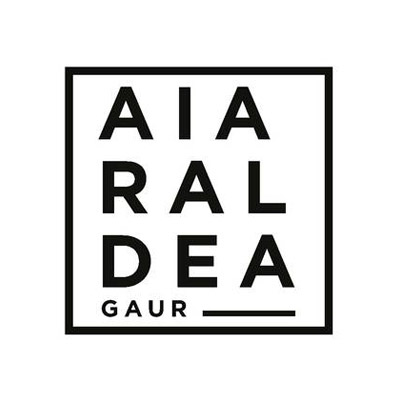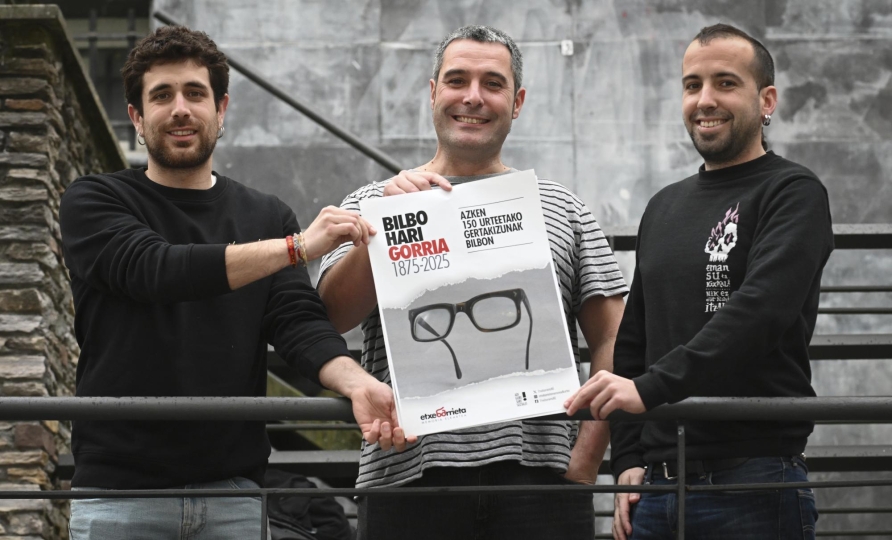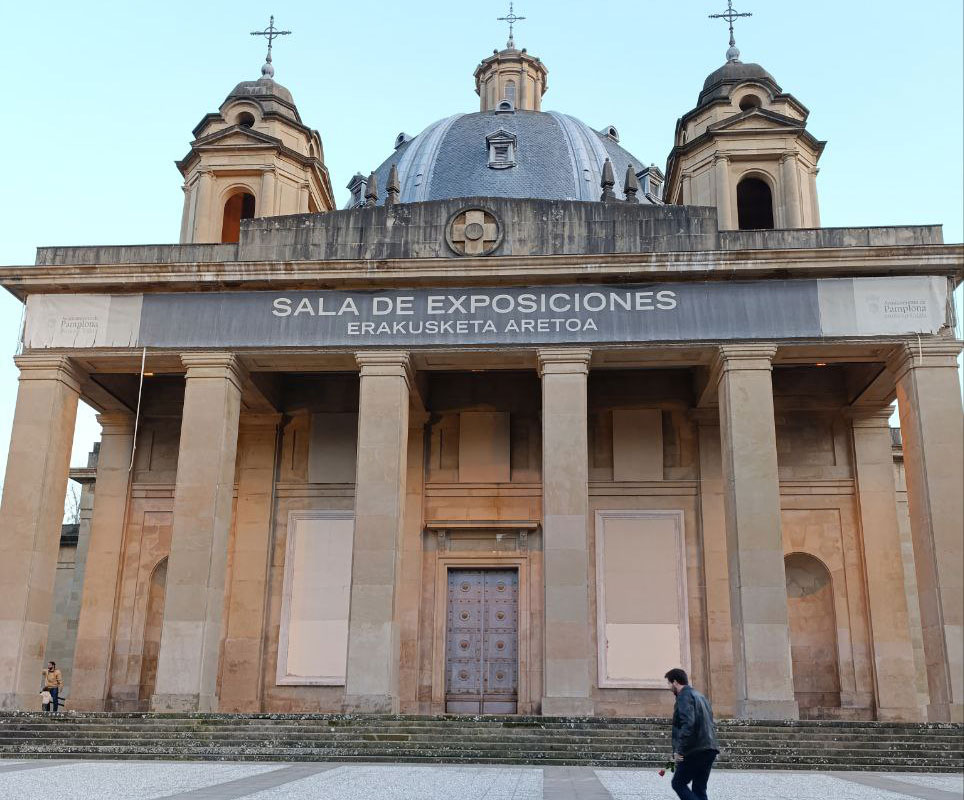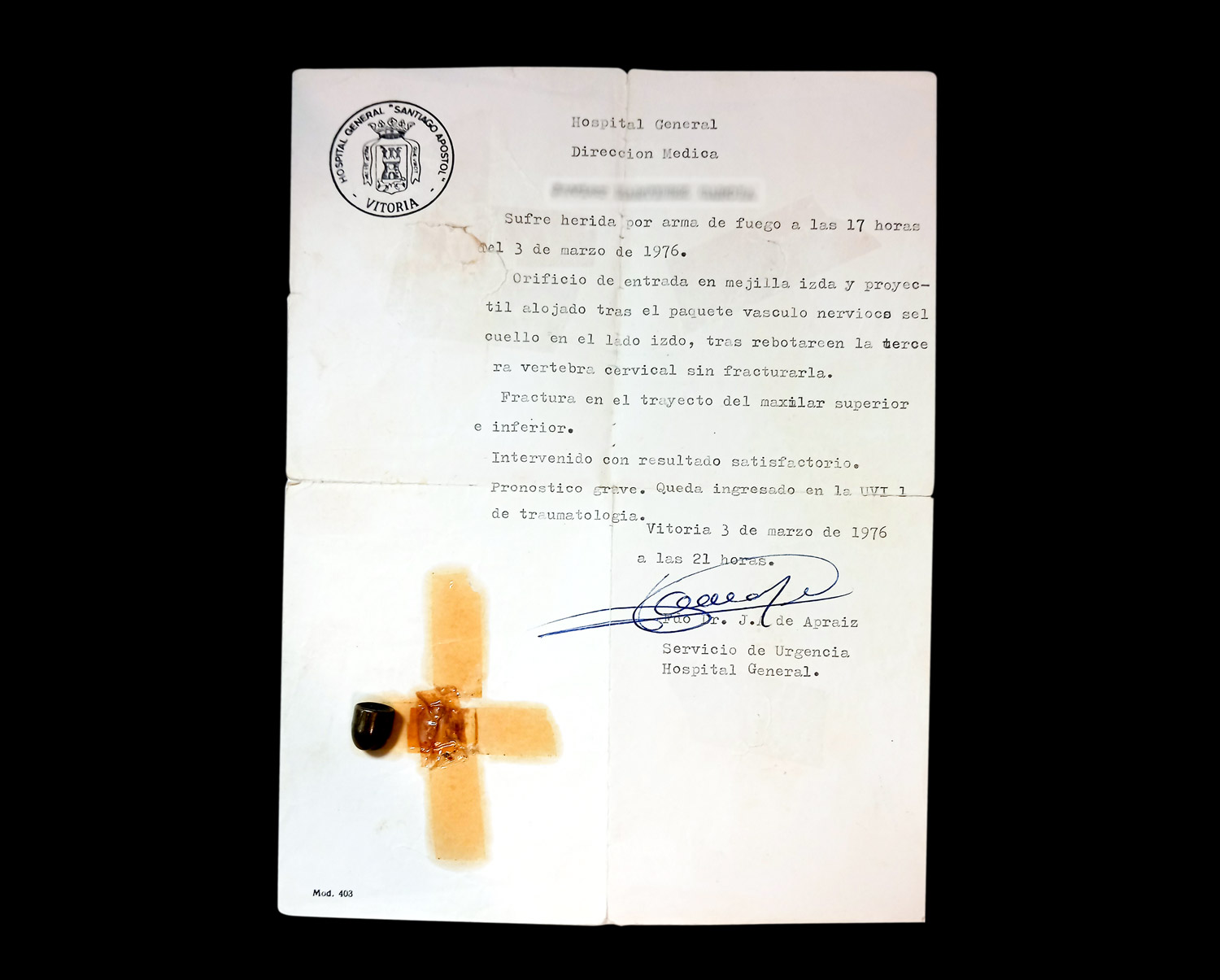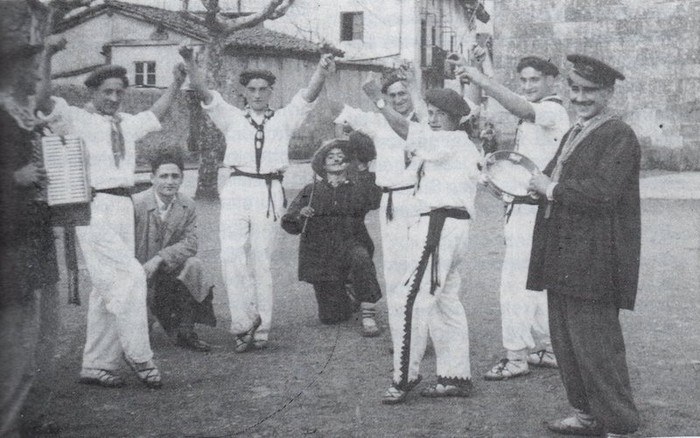Work is resumed to exhume more victims from the Francoist prison in Orduña
- The works began on Monday and the bodies of 20 new victims of Franco have been recovered, according to the Basque Department of the Interior. The third campaign for the exhumation of human remains will be extended until the weekend and is expected to be extended.
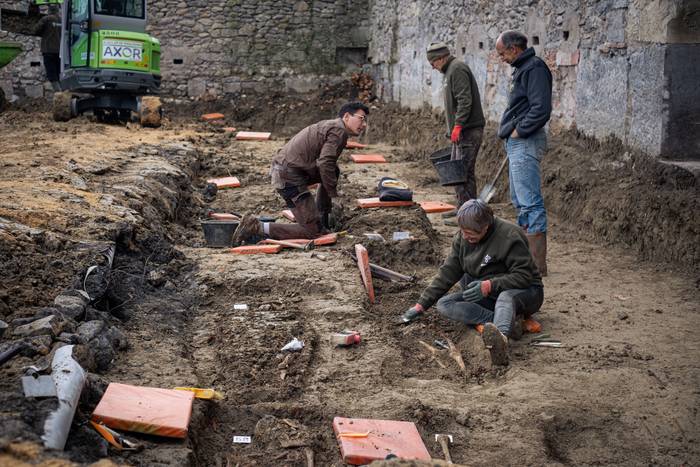
In the cemetery of Orduña, the members of the Society of Sciences Aranzadi meet again to continue the excavations started in 2014. In recent years, 71 corpses have been recovered and ten of the deaths have been identified as a result of DNA samples.
The campaign, which started on Monday, is the third run by the Society of Aranzadi Sciences with the objective of exhuming the bodies that had already been localized. In particular, they are the corpses that are under the undemolished niches in 2022 and will recover in the coming days. The City Hall has recently removed the niches, which has allowed the members of Aranzadi to start searching for the corpses.
"The main objective of this campaign is to locate, recover and identify the mortal remains of these victims, dignify their memory and provide answers to their families," the City of Orduña said in a press release.
Bone identification
The bodies buried in the Orduña cemetery are those of prisoners who died in the Francoist prison of Orduña between 1939 and 1941. The Instituto Gogora and the Sociedad de Ciencias Aranzadi, in collaboration with the City Council of Orduña, aim to identify bone remains and make them available to family members.
Along this road, the Gogora Institute has collected DNA samples from over 60 incarcerated prisoners, and some comparisons have already yielded good results. In total, they have managed to identify ten victims, the last in September last year: Ramón Torres Donosoro.
The victims identified so far are the following:
- Fructuoso Llorens Tolosano, from Fuente de Maestro, Badajoz.
- Manuel y Salvador Del amo Jiménez, hermanos, de Villagonzalo (Badajoz)
- Alejandro Gómez Hidalgo, de Carpio de Tajo (Toledo)
- Alfonso Tena Prieto de Don Álvaro, de Badajoz
- Domingo Galindo González, born in La Morera, in Badajoz
- Inocencio Gallardo Rebolledo, de Magacela, Badajoz
- Bernardo Rodríguez Rincón, de Campanario, Badajoz
- Francisco de la Cruz Orellana, de Quintana de la Serena, Badajoz
- Ramón Torres Donosoro
In the summer of 2023, an event was held in the Columbal of Dignity installed next to the cemetery, in which the first identified remains were handed over to the relatives:
Kirola eta oroimena uztartuko dituzte, bigarrenez, mendi-martxa baten bitartez. Ez da lehiakorra izanen, helburua beste bat delako. La Fuga izeneko mendi martxak 1938ko sarraskia gogorarazi nahi du. Ezkabako gotorlekuan hasi eta Urepelen amaituko da. Maiatzaren 17an eginen dute.
Fusilamenduak, elektrodoak eta poltsa, hobi komunak, kolpismoa, jazarpena, drogak, Galindo, umiliazioak, gerra zikina, Intxaurrondo, narkotrafikoa, estoldak, hizkuntza inposaketa, Altsasu, inpunitatea… Guardia Zibilaren lorratza iluna da Euskal Herrian, baita Espainiako... [+]
Gogora Institutuak 1936ko Gerrako biktimen inguruan egindako txostenean "erreketeak, falangistak, Kondor Legioko hegazkinlari alemaniar naziak eta faxista italiarrak" ageri direla salatu du Intxorta 1937 elkarteak, eta izen horiek kentzeko eskatu du. Maria Jesus San Jose... [+]
Familiak eskatu bezala, aurten Angel oroitzeko ekitaldia lore-eskaintza txiki bat izan da, Martin Azpilikueta kalean oroitarazten duen plakaren ondoan. 21 urte geroago, Angel jada biktima-estatus ofizialarekin gogoratzen dute.
Bilbo Hari Gorria dinamikarekin ekarriko ditu gurera azken 150 urteetako Bilboko efemerideak Etxebarrieta Memoria Elkarteak. Iker Egiraun kideak xehetasunak eskaini dizkigu.
33/2013 Foru Legeari Xedapen gehigarri bat gehitu zaio datozen aldaketak gauzatu ahal izateko, eta horren bidez ahalbidetzen da “erregimen frankistaren garaipenaren gorespenezkoak gertatzen diren zati sinbolikoak erretiratzea eta kupularen barnealdeko margolanak... [+]
1976ko martxoaren 3an, Gasteizen, Poliziak ehunka tiro egin zituen asanbladan bildutako jendetzaren aurka, zabalduz eta erradikalizatuz zihoan greba mugimendua odoletan ito nahian. Bost langile hil zituzten, baina “egun hartan hildakoak gehiago ez izatea ia miraria... [+]
Memoria eta Bizikidetzako, Kanpo Ekintzako eta Euskarako Departamentuko Memoriaren Nafarroako Institutuak "Maistrak eta maisu errepresaliatuak Nafarroan (1936-1976)" hezkuntza-webgunea aurkeztu du.



